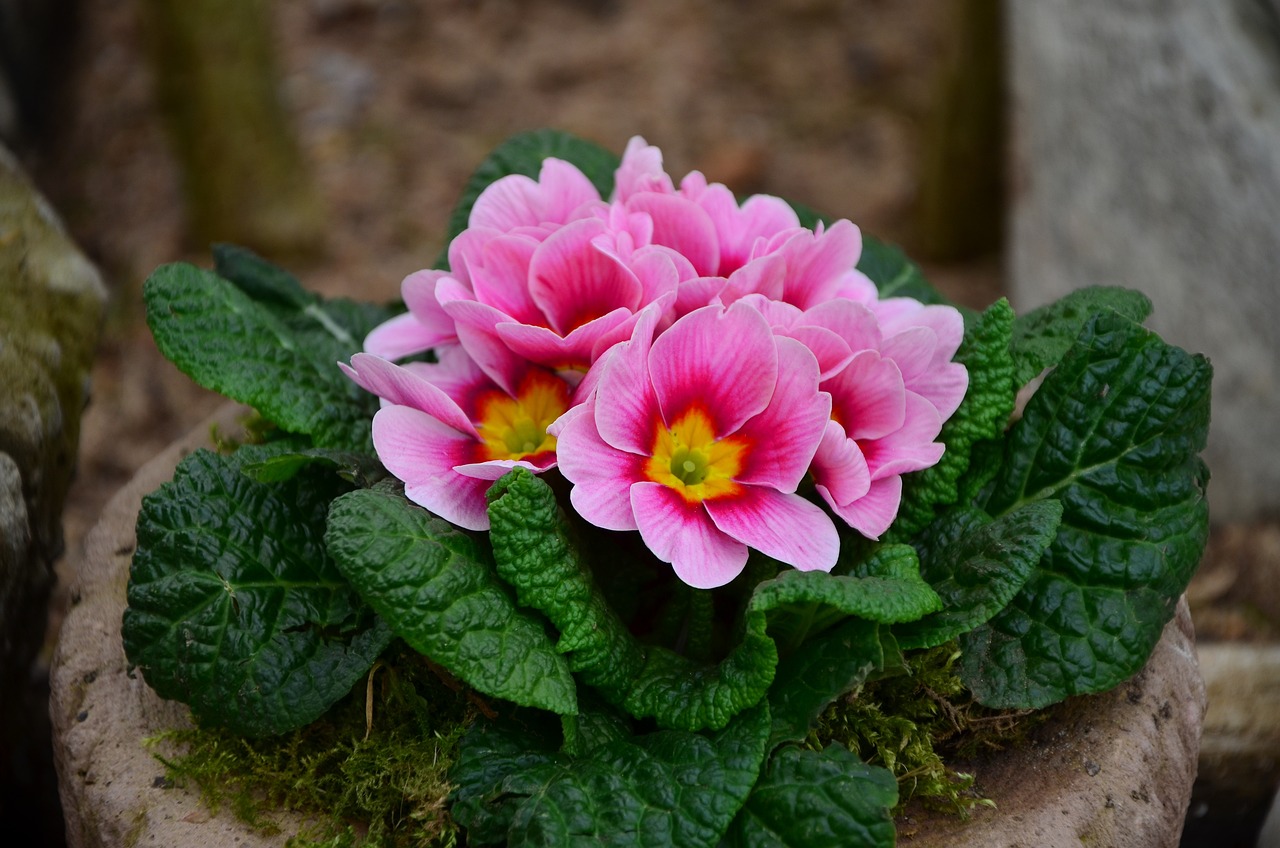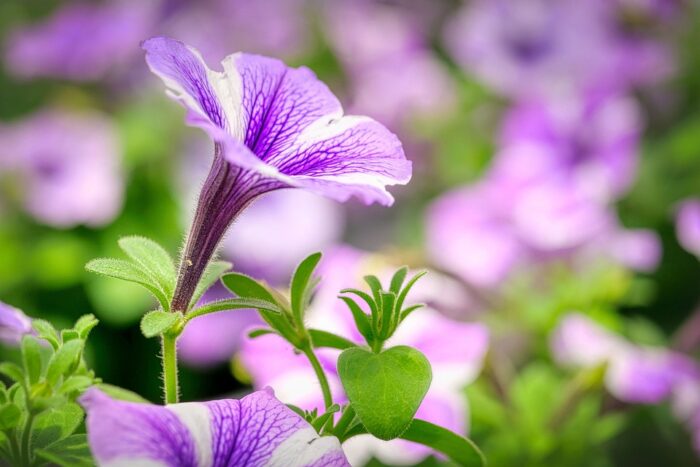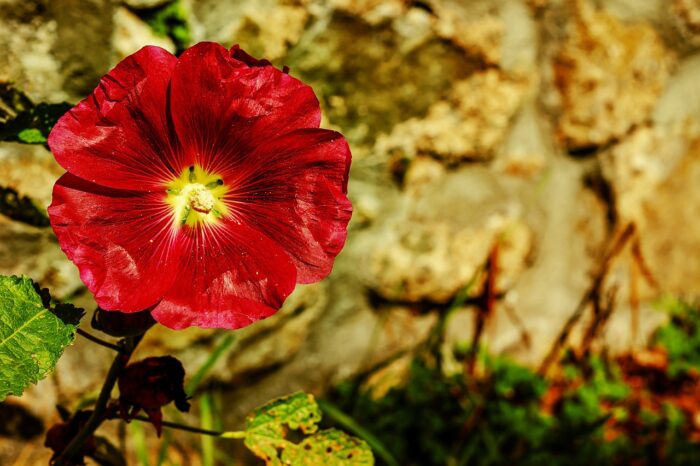Primrose Flower – Meaning, Symbolism and Colors

Primroses are small, cheerful flowers that often mark the start of spring. These flowers have been popular in gardens for hundreds of years and carry special meanings about youth and first love.
People often give them as gifts to show they can’t imagine life without someone or to celebrate new beginnings.
What is the primrose flower?
Primroses are low-growing plants with clusters of five-petaled flowers. Each flower is about 1-2 inches wide, growing close to the ground in groups.
The flowers sit on top of wrinkled, green leaves that form a rosette pattern.
Wild primroses typically grow in woodland areas and meadows across Europe, but gardeners now grow many different types worldwide.
The meaning and symbolism of primroses
Primroses represent young love and new beginnings. Their name comes from “prima rosa,” meaning “first rose” in Latin, because they’re among the first flowers to bloom in spring.
In the plant world, they’re known as sun-energy flowers because they often bloom when winter darkness gives way to spring light.
These flowers hold special meanings in both old traditions and modern spiritual practices:
Love and Emotions:
- First love and young romance
- Opening your heart to new relationships
- Inner child healing
- Emotional protection
- Family bonds and maternal love
Spiritual Meanings:
- Connection to fairy realms (as they often grow in fairy rings)
- Opening spiritual doorways
- Protection against negative energy
- Strengthening psychic abilities
- Balancing feminine energy
Healing Properties (in folk medicine and energy work):
- Used in sleep pillows to bring peaceful dreams
- Thought to help with emotional healing
- Believed to ease winter blues
- It is said to help with nervous system balance
- Used in meditation to connect with spring energy
Traditional Beliefs:
- Celtic healers used them to make love potions
- Germanic tribes believed they marked doorways to fairy realms
- Victorian households kept them near entrances for good luck
- Country folk thought they protected children from evil spirits
- Some believed finding a primrose on New Year meant good fortune
In chakra work, primroses are associated with both the heart chakra (pink varieties) and the solar plexus chakra (yellow varieties). Energy healers sometimes use them to:
- Clear blocked emotions
- Boost confidence
- Enhance personal power
- Support new emotional growth
- Help with seasonal transitions
Modern pagans and witches often use primroses in spring rituals for:
- New beginning spells
- Youth and beauty magic
- Protection sachets
- Love attraction
- Garden blessing ceremonies
Many people still keep dried primrose flowers in their homes or plant them near doors and windows, following the old belief that they bring protection and positive energy to living spaces.
Primrose colors and their unique meanings
Yellow primrose meaning
Yellow primroses are the most common type. They represent happiness and optimism. People often give them to cheer someone up or to show joy in a friendship.
Pink primrose meaning
Pink primroses stand for young love and gentle affection. They’re good choices for showing someone you care about them or for celebrating new relationships.
White primrose meaning
White primroses mean innocence and purity. They’re often used in spring gardens and religious settings, representing new beginnings and clean starts.
Purple primrose meaning
Purple primroses show respect and dignity. They’re less common than other colors but make good gifts for showing admiration or honoring someone’s achievements.
When to give primroses as gifts
Primroses work well as gifts for:
- Early spring celebrations
- Starting a new relationship
- Showing young love
- Cheering someone up
- House warmings
- Garden parties
- Spring weddings
- Easter celebrations
History behind primrose
Primroses have grown wild in Europe for thousands of years. They became popular garden flowers in England during the Victorian era, when people started breeding different colors and types.
The Victorians used them in their flower language system, where primroses meant “I can’t live without you” or “young love.”
Today, most garden primroses come from growers in the Netherlands and the UK, where the cool climate helps them grow best.
Primroses in popular culture and gardens
In gardens, primroses often grow in woodland settings or spring flower beds. They work well under trees or in shady spots near paths.
While we don’t cover growing tips here, you can find a nicely sorted guide about growing primroses at The Spruce.
Primroses appear in many old stories and paintings, especially from England and other European countries.
Shakespeare mentioned them in his plays, usually connecting them to youth and spring. In some Christian traditions, primroses are connected to Easter because they bloom around that time.
Final thoughts on the primrose flower meaning
Primroses remain popular because they’re both pretty and meaningful. Whether growing in a garden or given as a gift, these simple flowers continue to represent hope, young love, and the fresh start that spring brings.
Their different colors offer various ways to show care and affection, making them versatile flowers for many occasions.

